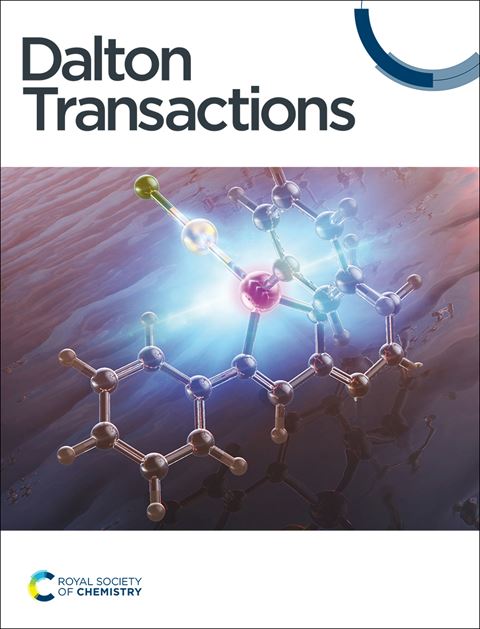Synthesis and X-ray Structure Analysis of Cytotoxic 2-Picolylamino type Hf IV-bis-Chelated Complexes
IF 3.5
3区 化学
Q2 CHEMISTRY, INORGANIC & NUCLEAR
引用次数: 0
Abstract
Eight novel heteroleptic HfIV complexes containing differently substituted 2-picolylamino-bis-phenolate and 2,6-dipicolinic acid (Dipic) as chelating ligands were synthesized and characterized with yields higher than 80%. These [ONON] type HfIV complexes have good aqueous stability and potent anti-tumor activity against Hela S3 (human cervical adenocarcinoma) and Hep G2 (human derived hepatoma) cells. In particular, the complexes demonstrated selective inhibitory activity against Hep G2 cells. The IC50 of the most cytotoxic complex [L1HfIVDipic4-Cl] (0.9 ± 0.4 μM) was ten fold higher than that of cisplatin (11.2 ± 2.1 μM) on Hep G2 cells, being the most cytotoxic anti-tumor HfIV complex to date. Furthermore, [L1HfIVDipic4-Cl] could inhibit tumor cell migration, induce reactive oxygen species generation (particullarly HO•), loss of mitochondrial membrane potential and almost exclusive early apoptosis in Hela S3 cells. [L1HfIVDipic4-Cl] exhibited rapid cellular uptake by Hela S3 cells, and when in aqueous media, these HfIV complexes slowly hydrolyzed, releasing non-toxic phenolato ligands as the product of hydrolysis. Overall, these rare earth complexes, particularly [L1HfIVDipic4-Cl], show promising potential as novel anticancer agents with significant efficacy against human liver cancer cells and favorable selectivity profiles for further therapeutic development.求助全文
约1分钟内获得全文
求助全文
来源期刊

Dalton Transactions
化学-无机化学与核化学
CiteScore
6.60
自引率
7.50%
发文量
1832
审稿时长
1.5 months
期刊介绍:
Dalton Transactions is a journal for all areas of inorganic chemistry, which encompasses the organometallic, bioinorganic and materials chemistry of the elements, with applications including synthesis, catalysis, energy conversion/storage, electrical devices and medicine. Dalton Transactions welcomes high-quality, original submissions in all of these areas and more, where the advancement of knowledge in inorganic chemistry is significant.
 求助内容:
求助内容: 应助结果提醒方式:
应助结果提醒方式:


